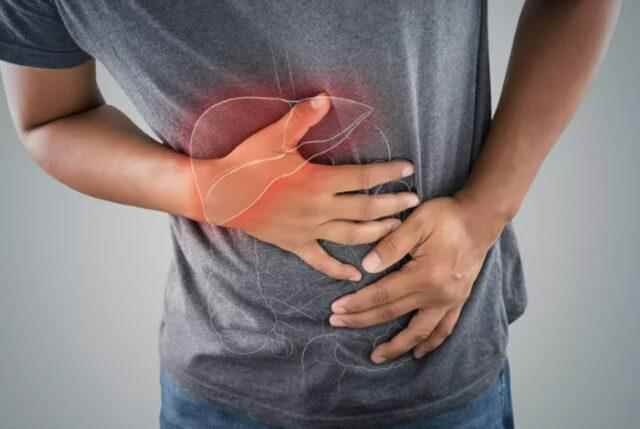Nonalcoholic fatty liver disease (NAFLD) is a condition triggered by the accumulation of fat in the liver. This disease progresses insidiously and does not give many symptoms in its early stages. Lately diagnosed liver damage becomes incurable. Nonalcoholic fatty liver disease develops in four main stages, with the final destination known as cirrhosis. According to experts, there is “no cure” for this most advanced stage of liver damage.
Cirrhosis occurs after years of inflammation and causes your liver to shrink, scar, and become lumpy. “This damage is permanent and can lead to liver failure (where your liver stops working properly) and liver cancer,” the health service adds. While this stage of fatty liver disease paints a frightening picture, cirrhosis often gives a warning sign with urine.

Cirrhosis, coluria, or dark urine is characterized by a dark brownish color resembling cola. The cause of darkening of the urine is bilirubin – a yellow substance produced during the normal process of red blood cell breakdown.
STOOL COLOR IS ALSO IMPORTANT

Your liver uses bilirubin to make bile, a liquid that helps you digest food. A healthy liver removes most of the bilirubin from your body. But if you have a problem with your liver, bilirubin can build up in your blood and get into your urine. According to Science Direct, dark urine often goes hand in hand with other warning signs such as light-colored stools and jaundice.
OTHER SYMPTOMS OF cirrhosis

In addition to these three warning signs, cirrhosis also causes the following symptoms:
- feeling very tired and weak
- feeling sick (nausea)
- lose one’s appetite
- Losing weight and muscle mass
- Red spots on your palms and small, spider-like blood vessels (spider angiomas) on your skin above waist level
- To feel extremely frustrated and angry
- itchy skin
- Tar-looking poop
- bleeding or bruising easily
- Swollen legs (edema) or abdomen (ascites) due to fluid buildup
- Loss of sex drive (libido)
THERE ARE WAYS TO SLOW cirrhosis

If you have any of these symptoms and you have a liver condition, you should see a doctor immediately. There is currently no cure for cirrhosis. However, there are ways to manage the symptoms and any complications and slow their progression.
